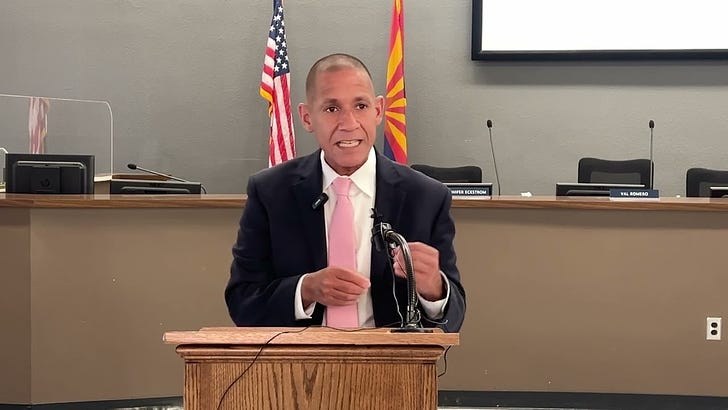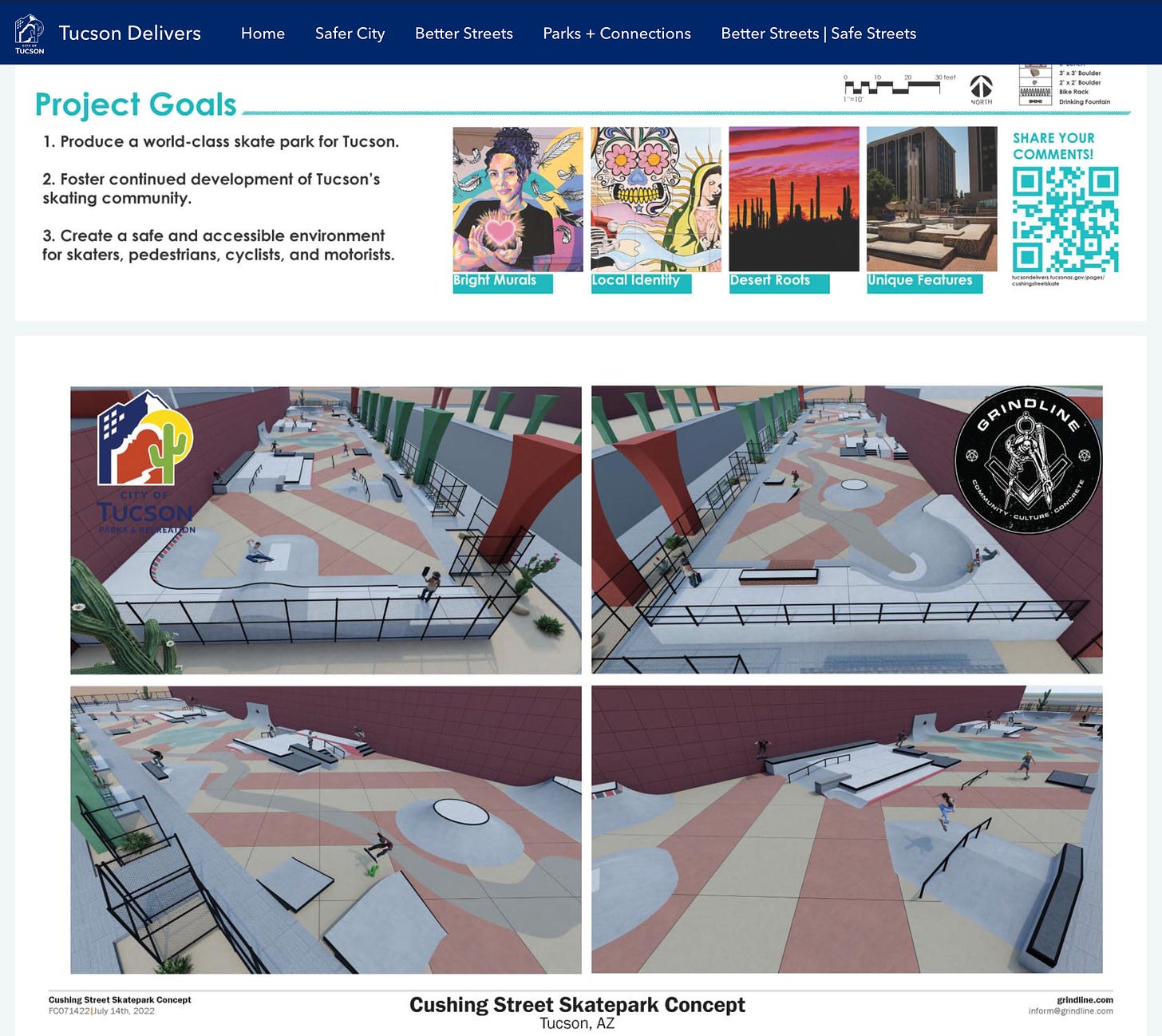The graders have been graded.
The Arizona Department of Education has released its school letter grades for the previous school year, and several Tucson high schools that were once on the struggle bus are doing much better.
Catalina High School earned a “B” in the recently released school grades. That’s a big jump from the “Fs” they got two years in a row right before the pandemic.
The school has total minority enrollment of 84%, and 72% of students are economically disadvantaged, according to the 2025 U.S. News & World Report ranking. Nearly 70% qualify for free lunches.
And it’s not only Catalina High that deserves a star sticker. Two other Tucson Unified School District high schools, Cholla and Santa Rita, moved up from being longtime C schools to earning solid Bs.
“This is the first time in the standardized assessment history … that TUSD officially has more B and A rated schools than it does C schools. That’s 67% of the district as A or B rated,” TUSD Superintendent Gabriel Trujillo said at a press conference this week.
When Trujillo started in the district eight years ago, the district had 27 D and F schools. Now it’s down to four D schools and no F schools, he said.
We also want to give a shout-out to the Sunnyside School District for moving from a C in years past to Bs for two of its high schools: Sunnyside and Desert View.
Not surprisingly, all the schools in wealthier parts of Pima County that usually get As, still got As. Yep: Catalina Foothills High School, Amphitheater District’s Canyon del Oro High School, and the Vail School District are still doing fine.
And, of course, TUSD’s University High School also earns A grades every year. We’d expect nothing less for a school that plucks some of the district’s highest grade earners and best test-takers.
There’s no grading system for news outlets, but we hope we’ve earned an “A” in your eyes!
These schools are powering through despite our lawmakers providing the worst financial support in the nation, according to a recent Consumer Affairs report. Arizona was ranked as the worst state in the country for public education, a dubious distinction it shares with Alabama, New Mexico, Oklahoma and Idaho.
Here’s what these “F” states have in common: Low teacher salaries, and low math and reading test scores. Not surprisingly, these states spend less, way less, on K-12 students than successful states.
The school letter grades are a good reminder of how Tuesday’s election touches every aspect of our lives.
Lawmakers set the total funding for schools, and for decades, schools have been asking the GOP-led Legislature for more.
While Republicans have often begrudgingly complied, Democrats have promised that if put in charge, they would vastly increase resources for public schools, and cull back the vouchers that are sucking funds away from public schools and putting it toward private and religious schools.
Tucson-area voters may hold the key to making that happen, depending on how things go in one key Republican-leaning district: LD17. Republican voters are outpacing Democrats by a margin of about 5,000 early ballots as of Wednesday, and independents make up a quarter of all returned ballots.
Probably needless to say, but well-funded schools generally score better, and utilizing the limited resources to the fullest degree is up to the school board.
In other words, funding isn’t everything. Good leaders matter. School boards matter.
As for how that money gets spent, you have another set of races to keep an eye on: school boards.
In TUSD, five candidates are running for the three seats up for grabs this year: incumbents Natalie Luna Rose, Ravi Shah, and Sadie Shaw, and challengers Esteban Flores and Pilar Acosta Ruiz.
Over in Sunnyside, there were three seats up for election this year, but those races were canceled due to lack of opposition.
Making the grade, too: The Marana Unified School District also did well with the state’s letter grades, KGUN’s Madison Thomas reports. The district has 10 “A” schools this year, double the number from last year and more than the district has ever had.
Call to the public: Southern Arizonans who want to know more about the proposed $2.46 billion transportation plan that’ll be on the ballot next year will get their chance over the next two months. The Regional Transportation Authority scheduled 13 open houses in November and December to go over the RTA Next plan and get feedback from the public.
Progress on the opioid front: Pima County’s efforts to treat opioid addiction at the county jail may be showing positive results, the Arizona Luminaria’s John Washington reports. The jail used to have a per capita death rate that was among the highest in the country, but over the last 13 months officials reported just one death in the jail. One reason for the decline may be the expansion of a medication program at the jail for people with substance abuse disorders, which lessens the symptoms of withdrawal.
Additional security: Tucson police assigned 100 more officers to help voters and poll workers feel safe on Election Day, KOLD’s Bud Foster reports. Amid heightened tension over elections, Tucson and Pima County officials have plans in place to scale up the law enforcement response if a threat is discovered. For now, police say there is no immediate threat in the Tucson area.
Homecoming dustup: A Nogales City Councilman was cited for disorderly conduct at the Nogales High School’s Homecoming Parade, but the county attorney plans to dismiss the case, the Nogales International’s Daisy Zavala Magaña reports. Councilman Saulo Bonilla reportedly blocked an older spectator’s view, which led to an argument and possibly some physical contact.
Then and now: The Border Chronicle’s Todd Miller traces the history of the border wall in Nogales through Democratic and Republican presidencies and sketches out the future of the wall following next week’s presidential election.
46.5%: The turnout rate in Pima County as of October 30.











Thank you for this reporting. I know you'll have a lot of topics to revisit once the election is over and we know who will be governing. I hope you return to this to give a roadmap of what we can expect and how we can work for increased funding of our schools with the legislature and board we elected.
Thanks!
Your reporting on our local public schools is commendable. It would be great if we also heard a little bit more about what is happening at our community college: Pima Community College.